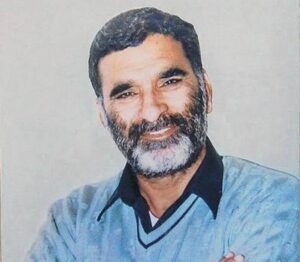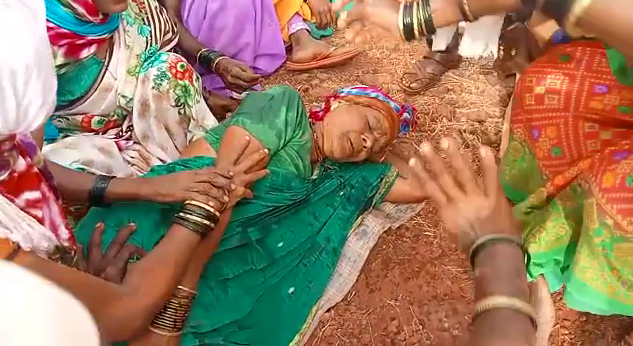By Geeta Seshu
On November 21, 2002, the courageous and indefatigable journalist RamChandra Chhattrapati died in a hospital in Delhi, 28 days after he was shot by two persons who were followers of Gurmeet Ram Rahim, the head of the Dera Sacha Sauda in Sirsa, Haryana.
It has taken his family, in particular his son, Anshul Chhattrapati, an incredible 16 years to secure justice. Today, coincidentally on his death anniversary, the hearing for the final arguments against two accused: Gurmeet Ram Rahim and Kishan Lal, the manager of the Dera Sacha Sauda, will be held in the special CBI court.
Already, the court has recorded the testimony of Khatta Singh, a former driver of Dera Sacha Sauda chief, who had earlier turned hostile but came forward to depose after Ram Rahim’s conviction in the rape case last year. Singh was earlier too frightened but a re-trial was ordered where he gave his eye witness account of the way the conspiracy to kill the journalist was hatched in the Dera headquarters.
Now, this is the final stage in the case, says Anshul, who hopes that he can now see the end of the long struggle.
Ram Chandra Chhatrapati was shot by two persons outside his home in Sirsa on October 24, 2002, and died in Apollo Hospital in Delhi on Nov 21, 2002. In hospital, even as he struggled for his life, he gave a statement to police naming Gurmeet Ram Rahim, the head of the Dera Sacha Sauda, as the perpetrator of the attack on him. But police were reluctant to include the name of the dera in the statement they recorded.
Even today, says Anshul, though Gurmeet Ram Rahim is in jail, convicted in the rape case, the Dera is still powerful. It still controls educational and medical institutions, it still holds vast property and its followers roam about Sirsa with impunity.
It took a Herculean struggle by his son, Anshul, to secure justice for his father’s killing. A struggle that is still going on.
Click here for a complete timeline on the case so far.
Click here to read journalist and writer Pushpraj’s impassioned plea to remember the life and struggle of this heroic journalist.
Read the interview with Anshul Chhattrapati on the struggle he waged with such tenacity from “Clampdowns and Courage: Impunity (IFJ Press Freedom report 2017-18)”





2 thoughts on “Update: Ram Chandra Chahhtrapati : 16 years of a struggle for justice”